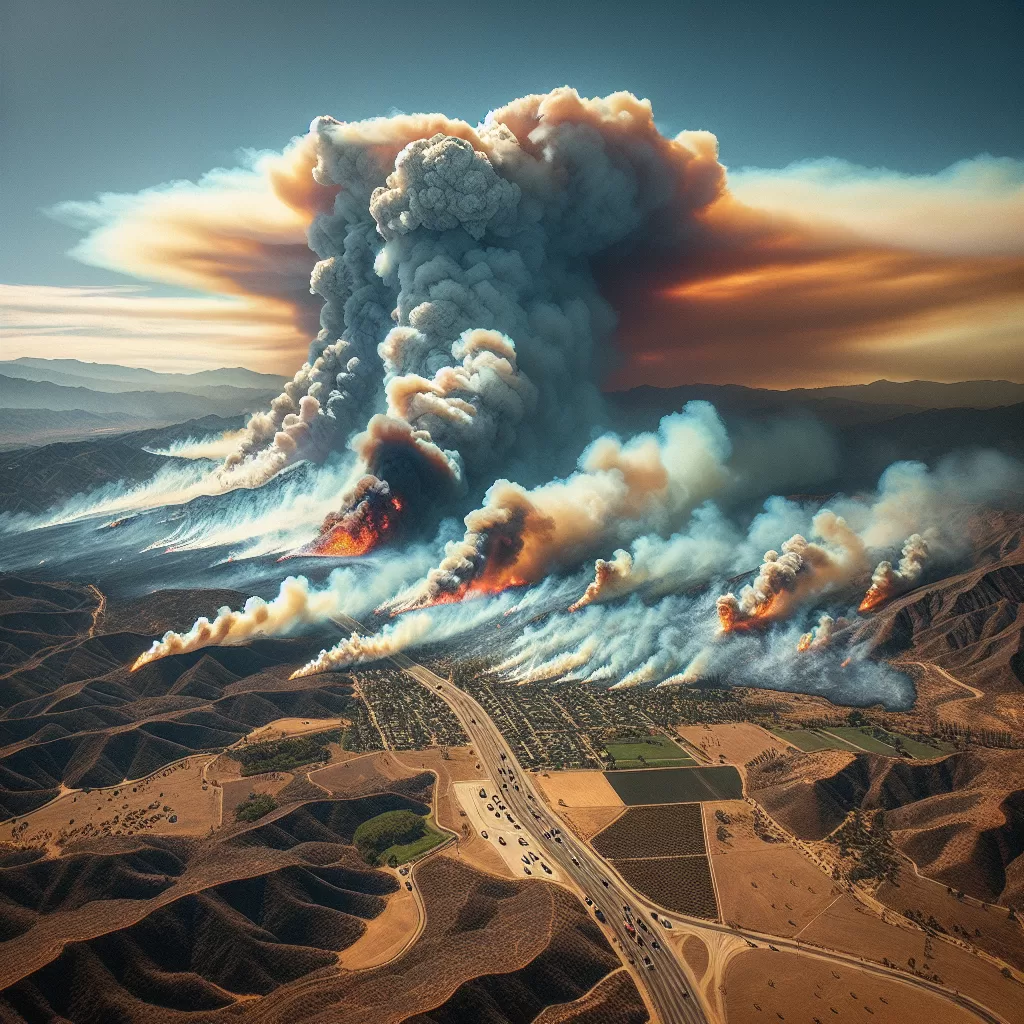Fiery Santa Ana Winds Intensify L.A. Wildfires
Relentless Winds Whip Up Wildfire Danger
What Are the Santa Ana Winds?
The Santa Ana winds are a regional weather pattern that originates inland and blows toward the Pacific Coast. As the winds descend from higher elevations, they undergo compressional heating, causing temperatures to soar while humidity plummets. This arid air rapidly dehydrates plants and bushes, turning them into kindling.
A Dangerous Combination
According to fire experts, the convergence of dry fuel sources, searing heat, and erratic wind patterns creates an extremely volatile situation. “The Santa Anas turn the hills and canyons into a tinderbox, with any spark capable of erupting into an inferno,” explains Cal Fire Battalion Chief Jonathon Mathison. “These winds essentially take an existing wildfire and pour gasoline on it.”
The winds are also notorious for rapidly shifting direction, threatening to outflank firefighters and cut off evacuation routes. Residents in fire-prone areas are advised to have emergency plans in place when Santa Ana conditions arise.
Exacerbated by Climate Change
While the Santa Anas are a recurring phenomenon, climate change is increasing their intensity and fire risk. Hotter temperatures and drought conditions brought on by global warming have left California landscapes drier and more combustible. Until preventative measures are taken to mitigate climate impacts, the danger posed by these winds is likely to persist and potentially worsen.

